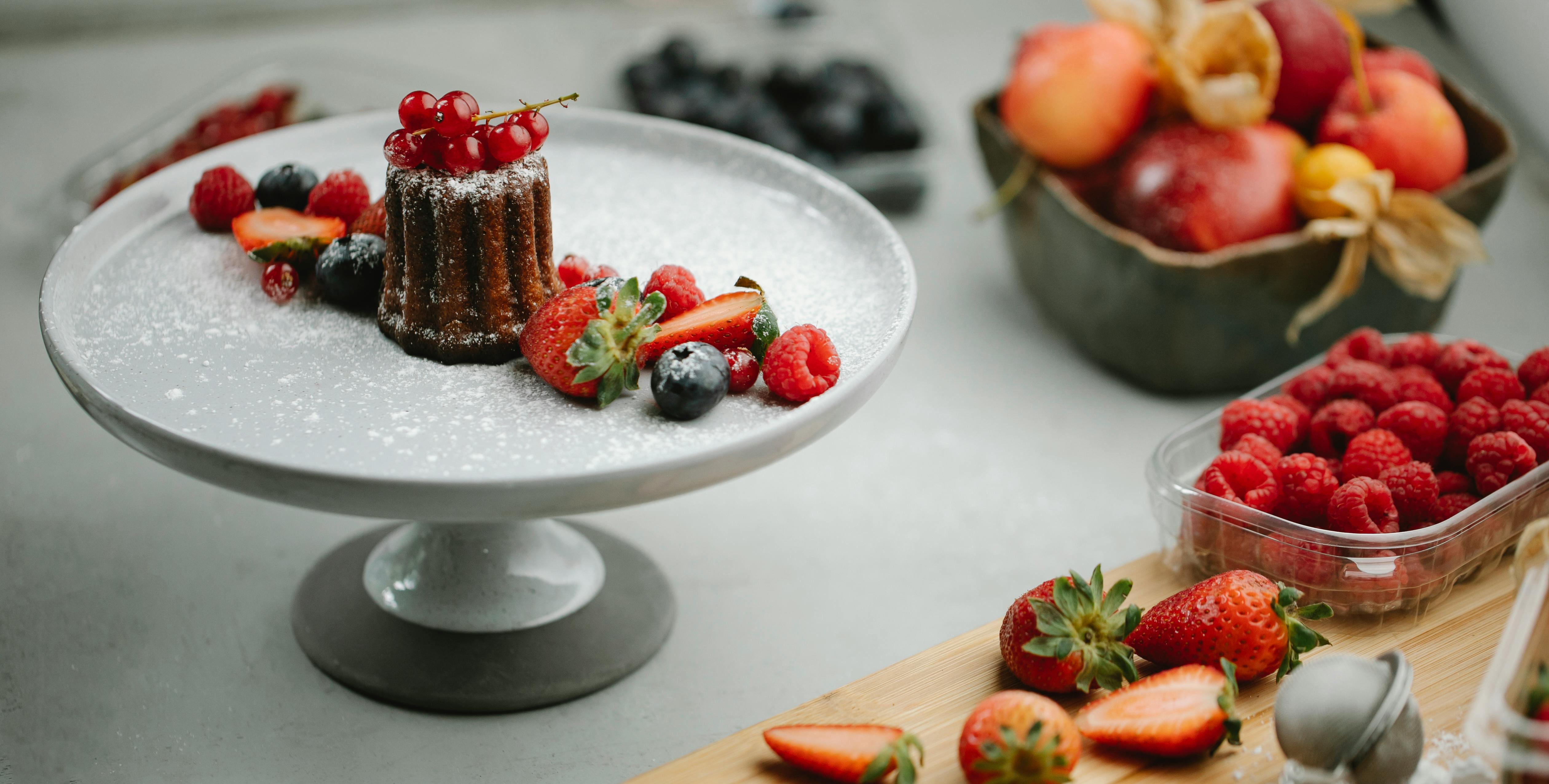Patiala is the youngest city in the south-eastern district of Punjab. It is rich in architectural and cultural sites of gardens and palaces. It has something that maintains the old world charm of the city like the Qila Mubarak. The city is about 29 km west of Ambala.
Quila Mubarak stands on 10 acres of land that sits on a lofty mountain. It is one of the oldest palaces and the original fort complex of Patiala. It was established during 1763 AD by Baba Ala Singh. He is the founder of the Patiala dynasty. The palace was rebuilt with fired bricks and was completed by Maharaja Amar Singh in 1781.
Quila Mubarak houses the main buildings and places of its rulers like Maharaja Sahib Singh, Maharaja Karam Singh and Maharaja Narinder Singh. This structure was originally a mud fort and later became a two-story structure. Qila is headed by Quila Chowk and the three major trading hubs such as Bajaja
Bazaar, Gur Mandi and Shah Nashin Bazaar.
The fort has two chambers painted illustrating the history of Hindu mythology and the portraits of the Sikh guru. The two parts are called Quila Androon (inner fort) and Qila Mubarak (outer fort). The door is made of lime plaster with multiple arched openings of symmetrical and flowery designs. Quila Androon can be entered through its northern front wall along the central axis. The whole place is quadrilateral.
The Qila Mubarak complex includes a variety of buildings of Quila Androon, Darbar Hall, Ran Basa, Sard Khana, Jalau Khana, as well as the Quila Murabak Gateway (the only entrance to Quila Mubarak). It was also classified into a series of courtyards or palaces. It is located along the central axis, east and west. The western axis is residential in nature, the eastern axis is for public use and the central and eastern axis houses the jvot (sacred flame), a gurdwara and a temple.
The first court at Androon Gateway is Rang Mahal. It’s a painted bedroom the size of an alcove. The seating space is intended for the king. The place seems to be the public court of the city.
After Rang Mahal is the Sheesh Mahal. It serves as the center of Quila. This courtyard also has painted rooms on the ground floor. It has two rooms separated by two sections of arches and a symmetrical plan with a central fountain. The first floor has numerous rooms leading to the Rang Mahal courtyard. Another feature is the absence of a pavilion as a seat for royalty. The Sheesh Mahal themed paintings are from the life of Krishna.
Other apartments here include the Jail Walla Palace, the Palace of Colors, the Moti Palace, and the Palace of the Moon. Quila Mubarak is also made up of two buildings made for different activities namely Putli Ghar and Bagh Ghar. However, Lassi Khana is the name of the royal cuisine. The fort was turned into a museum of weapons and famous chandeliers. It has an underground sewage system connected with a tunnel from the basement.
The materials used, the finishes and the geometric patterns of the patios symbolize the cultural personality of the Patiala region. Qila Mubarak became the National Monument of India with more than 1900 years of existence. Some structures are still standing and it is a primitive form dating back to Harrapa times.
The fort was proposed to repair and restore its physical site. It was suggested by the Akal Society of America team after conducting two years of surveys.
